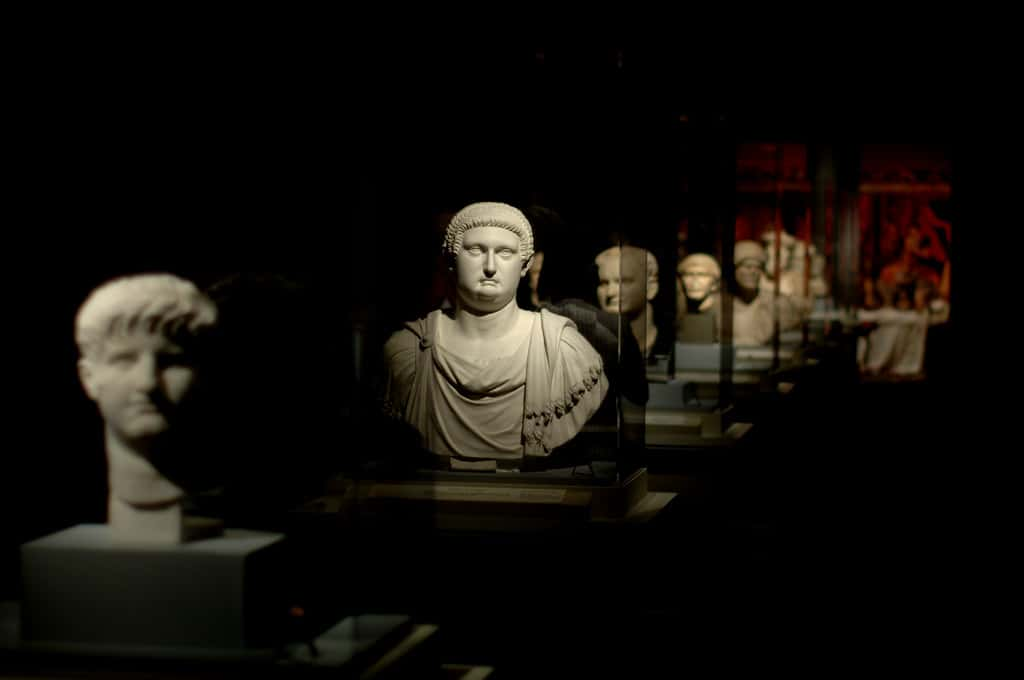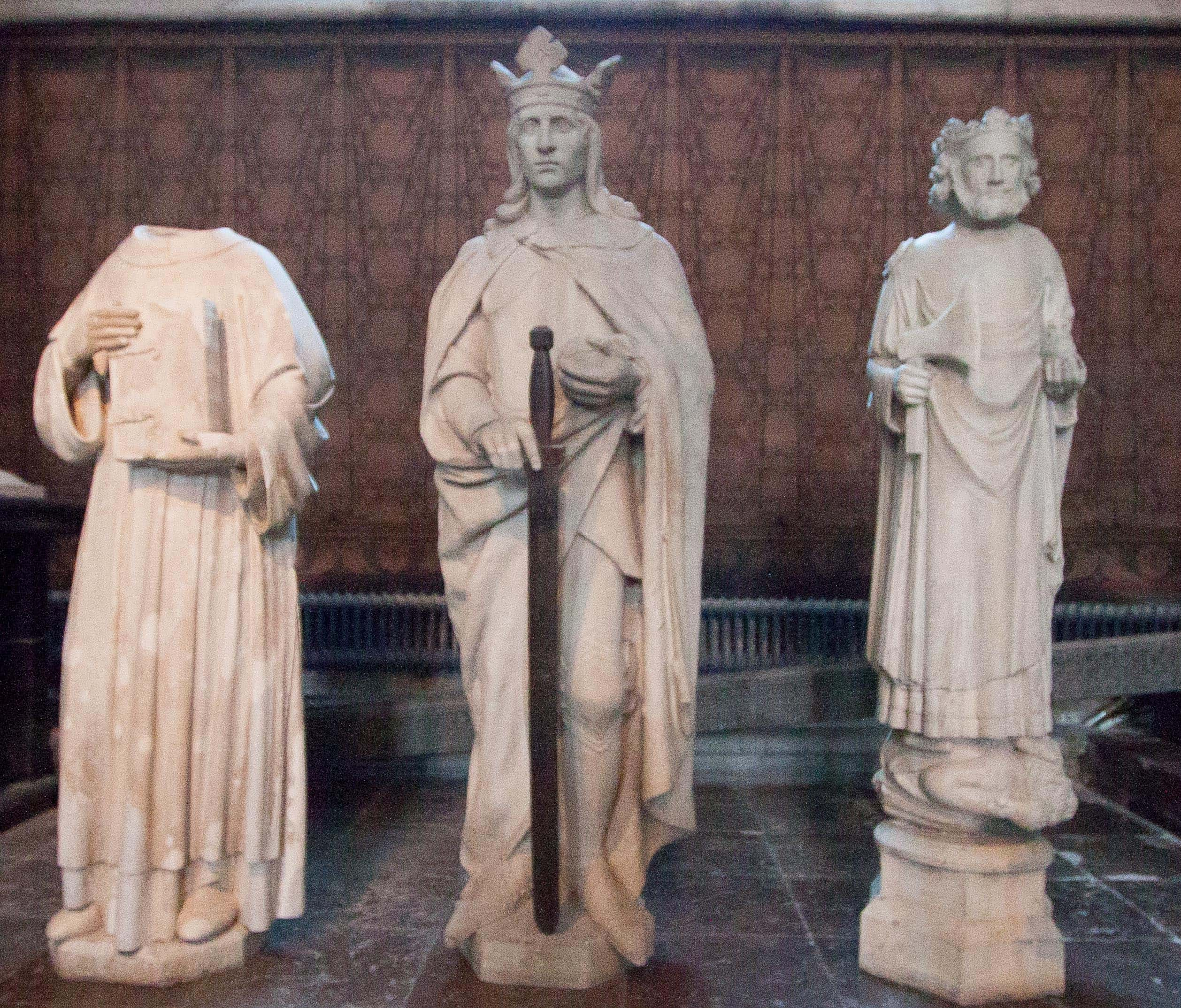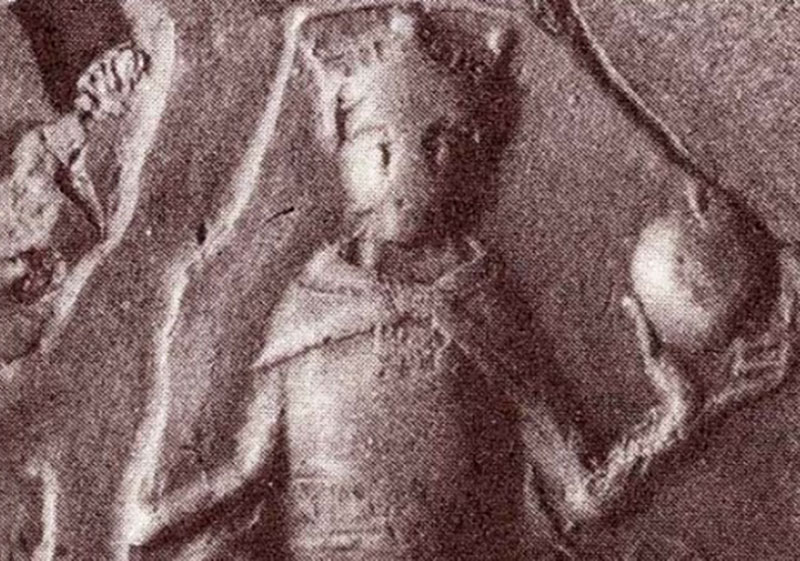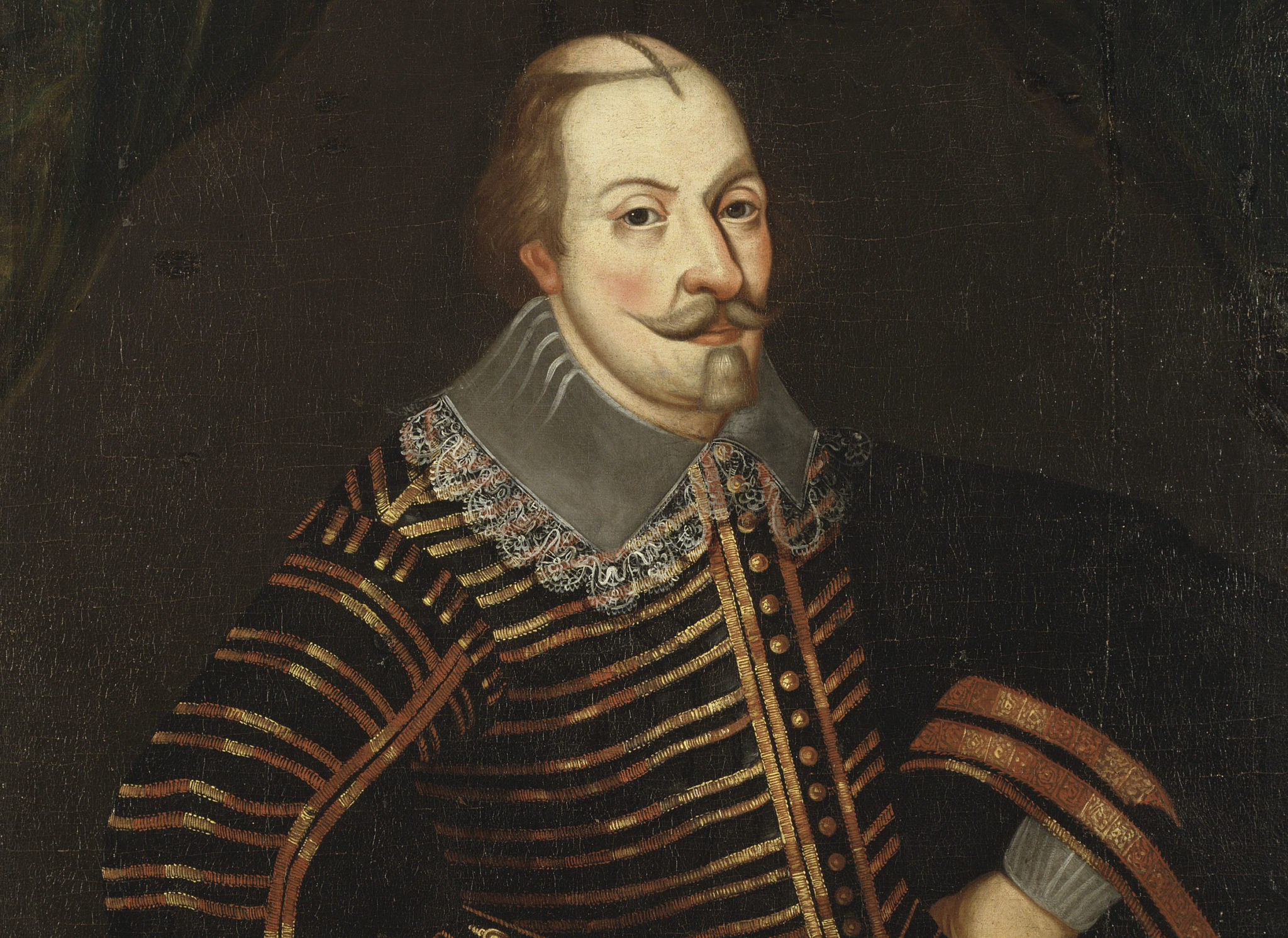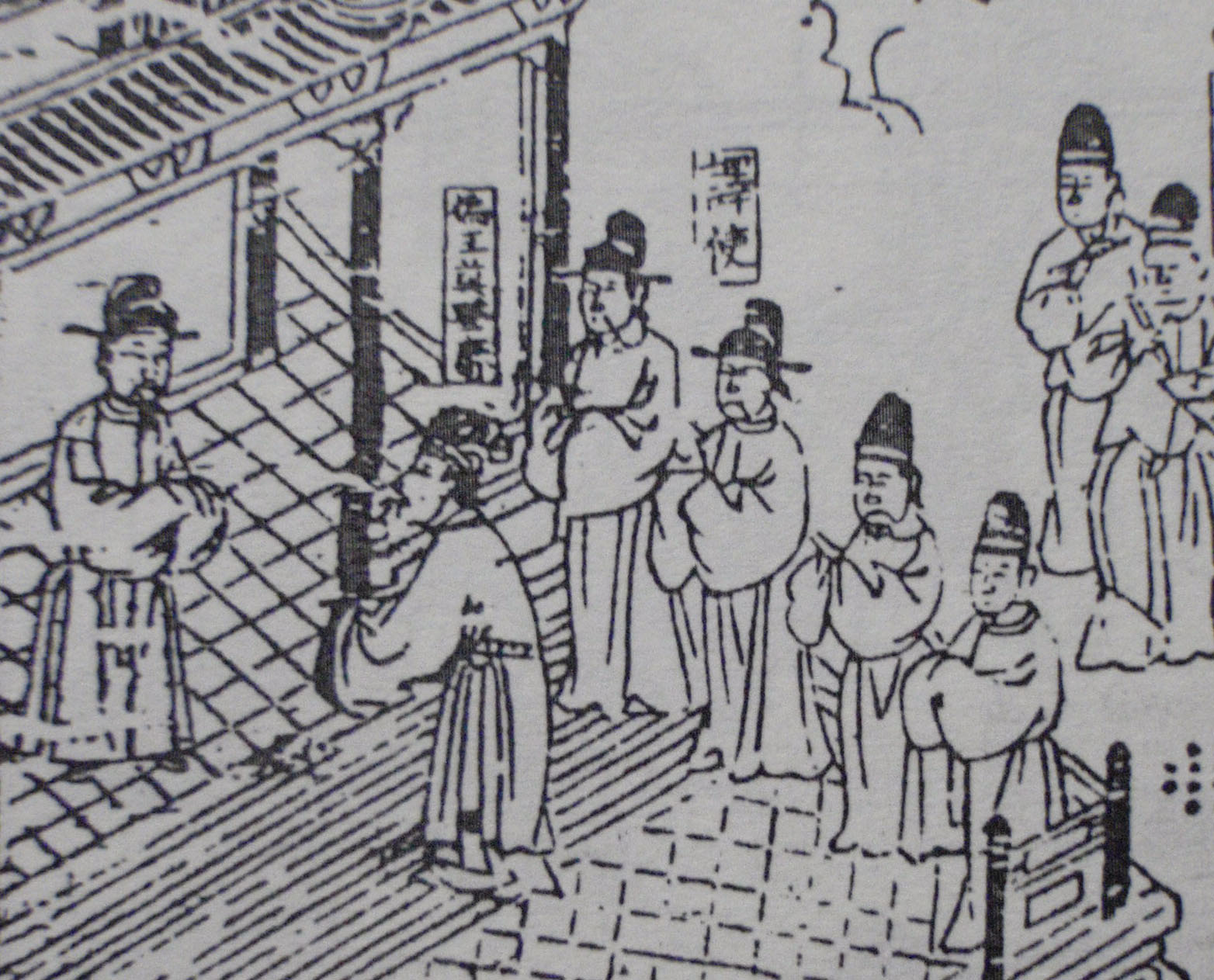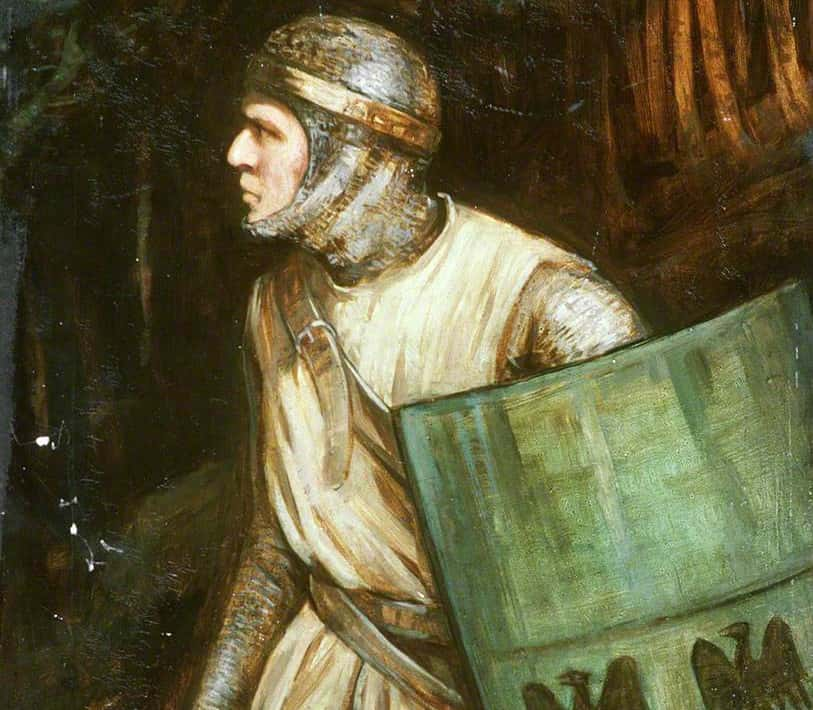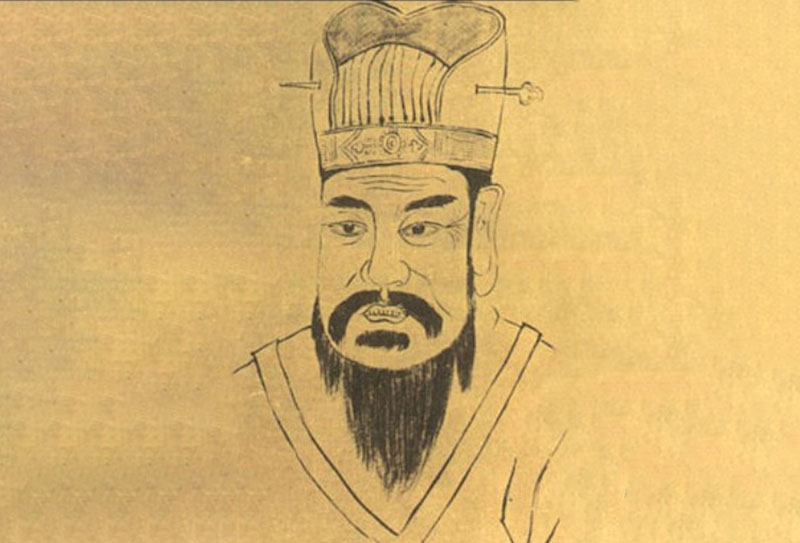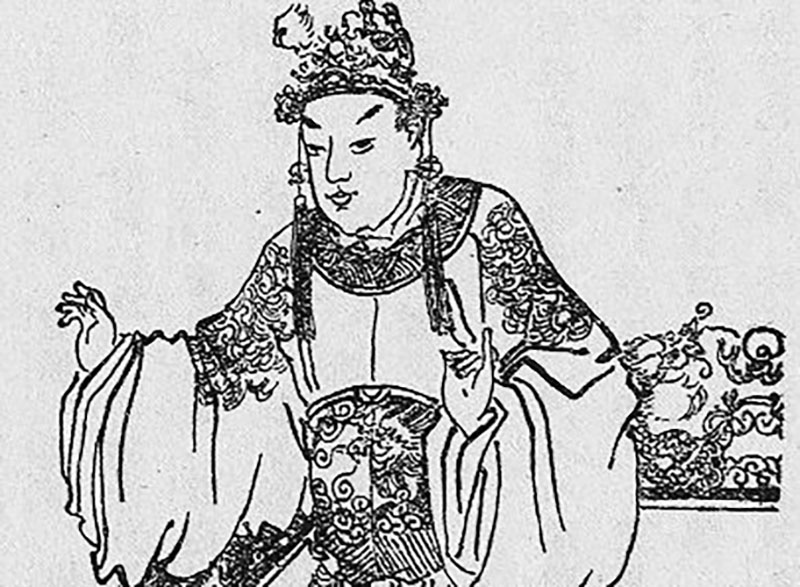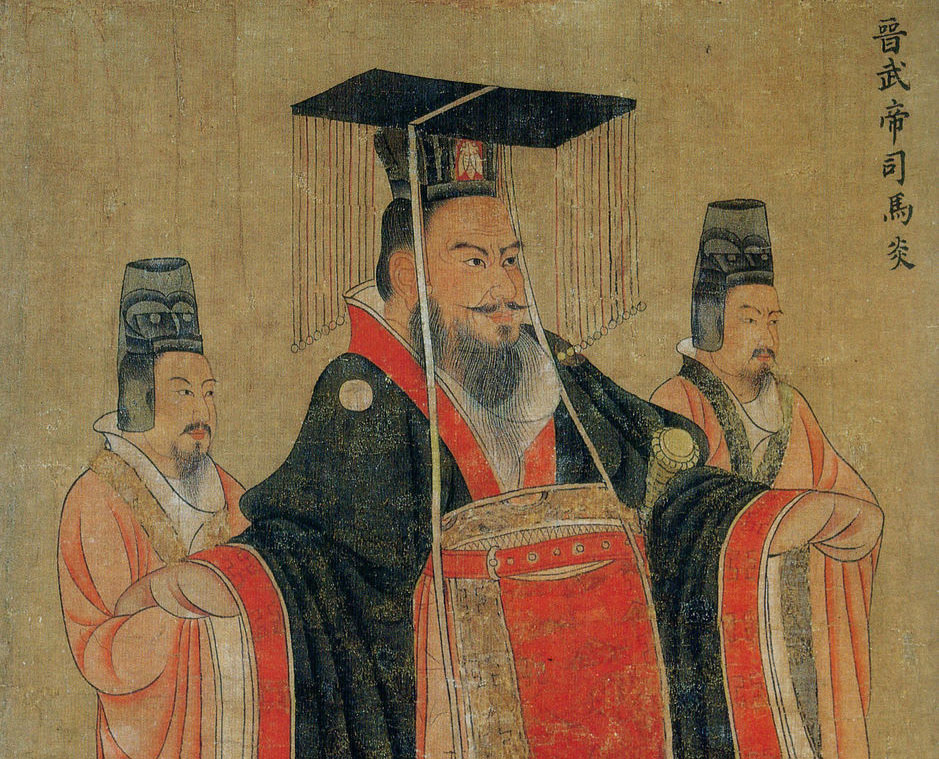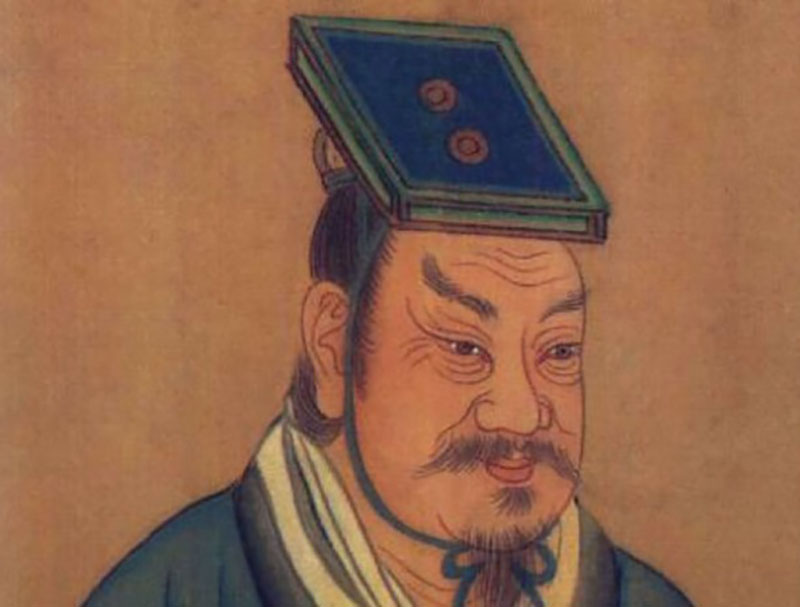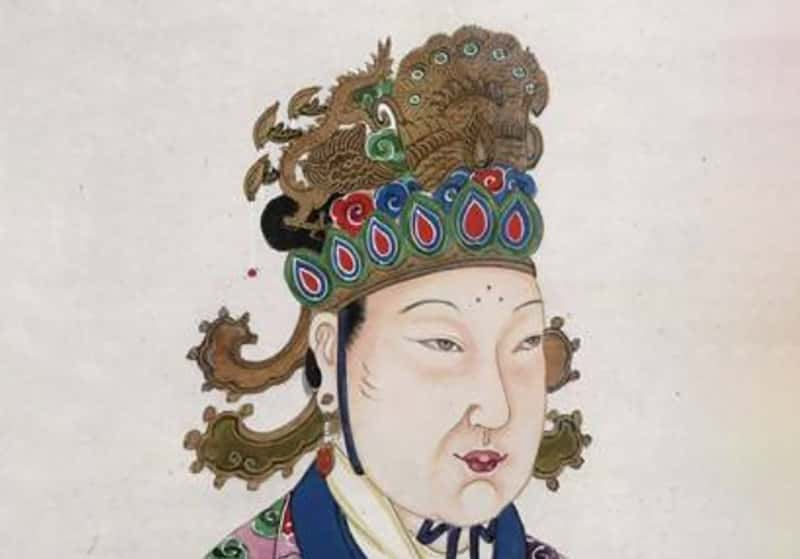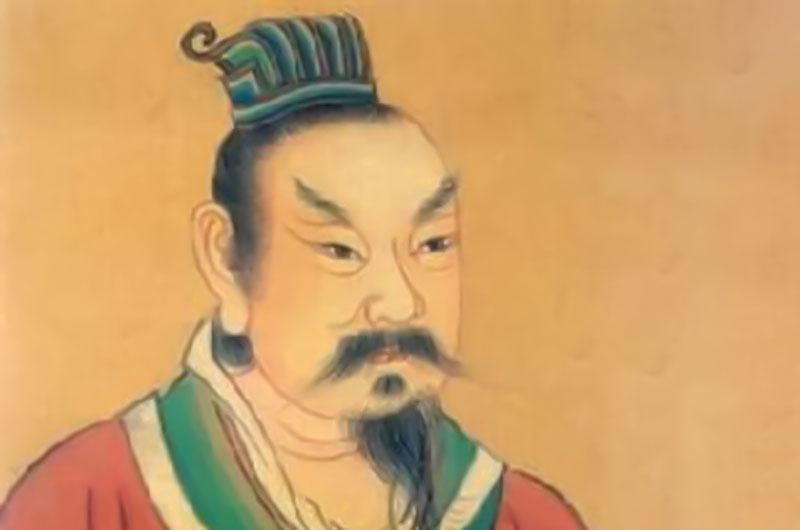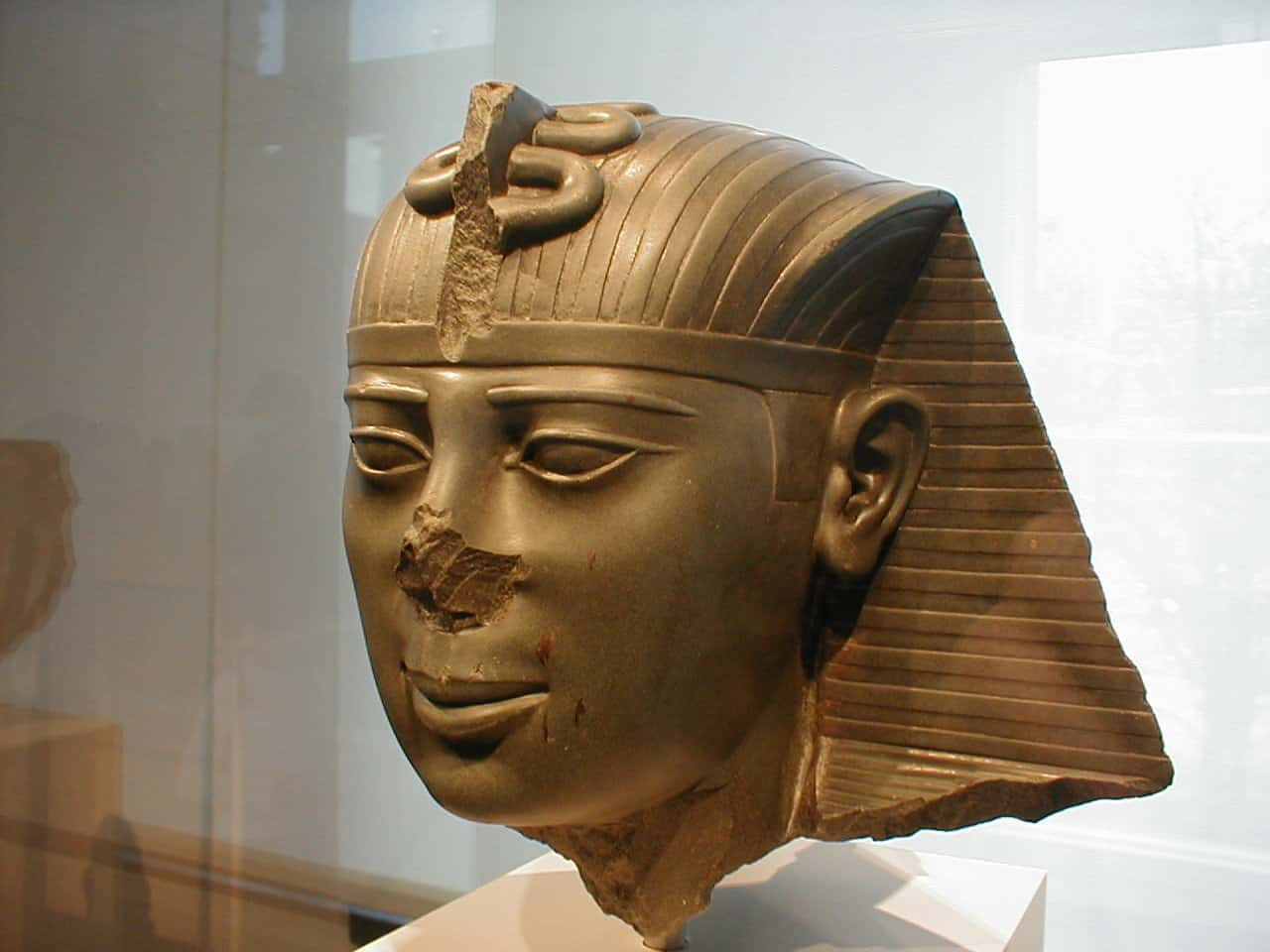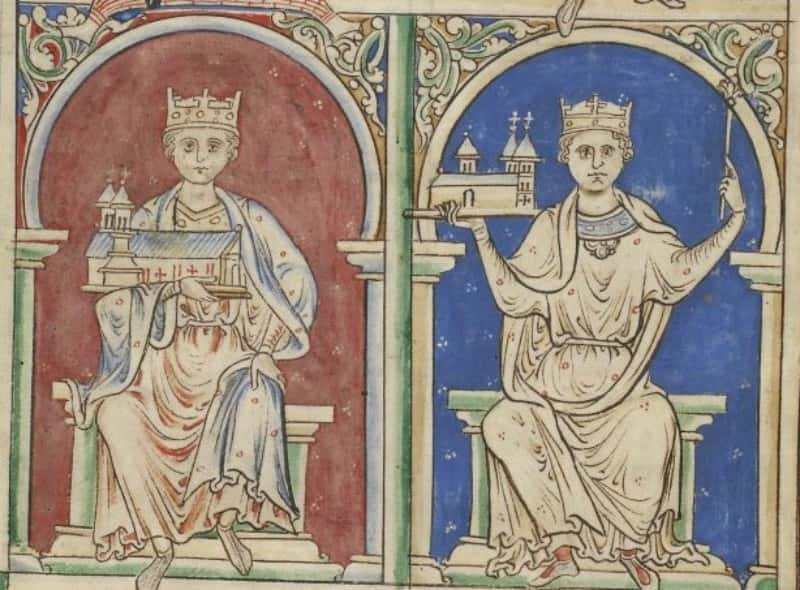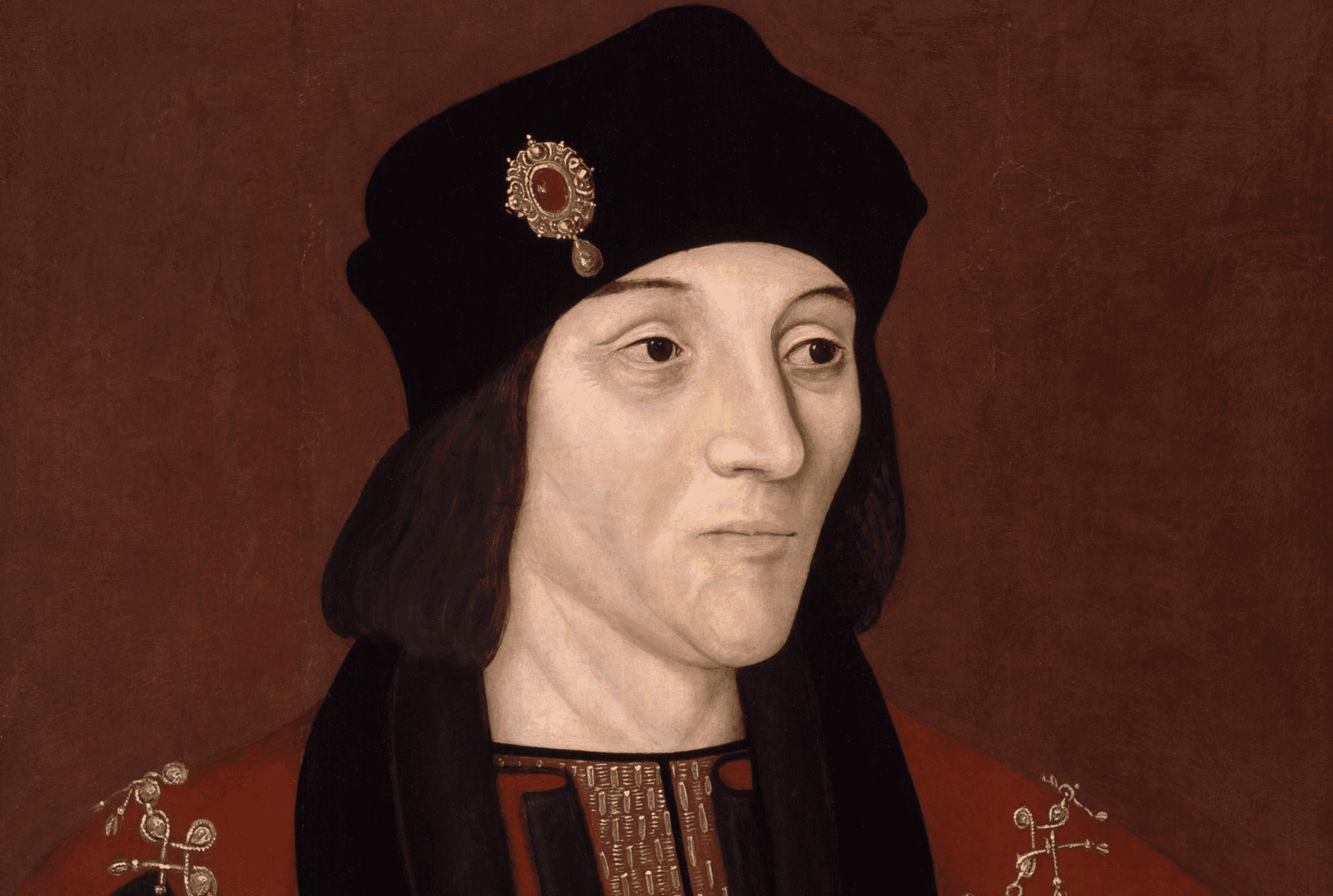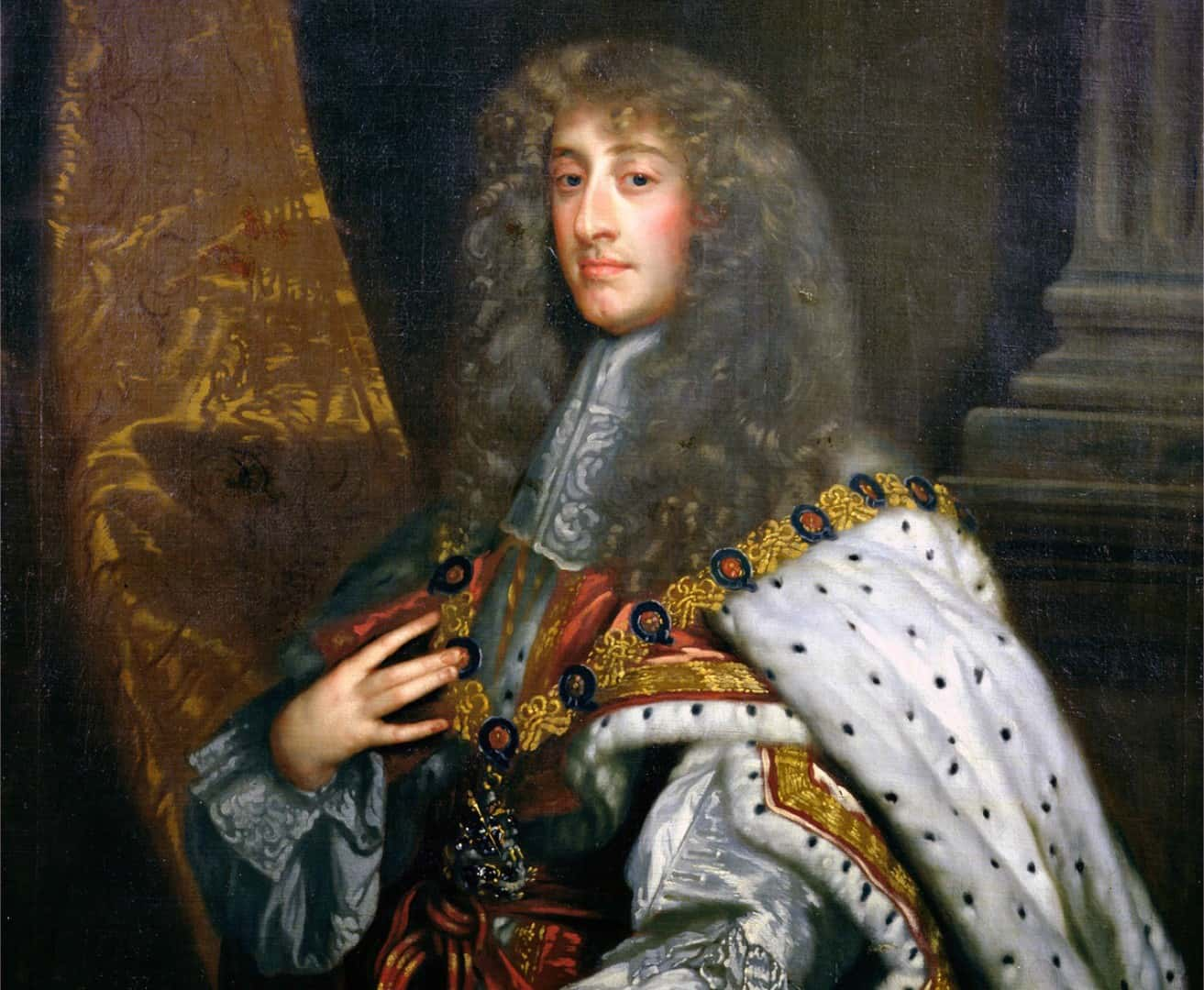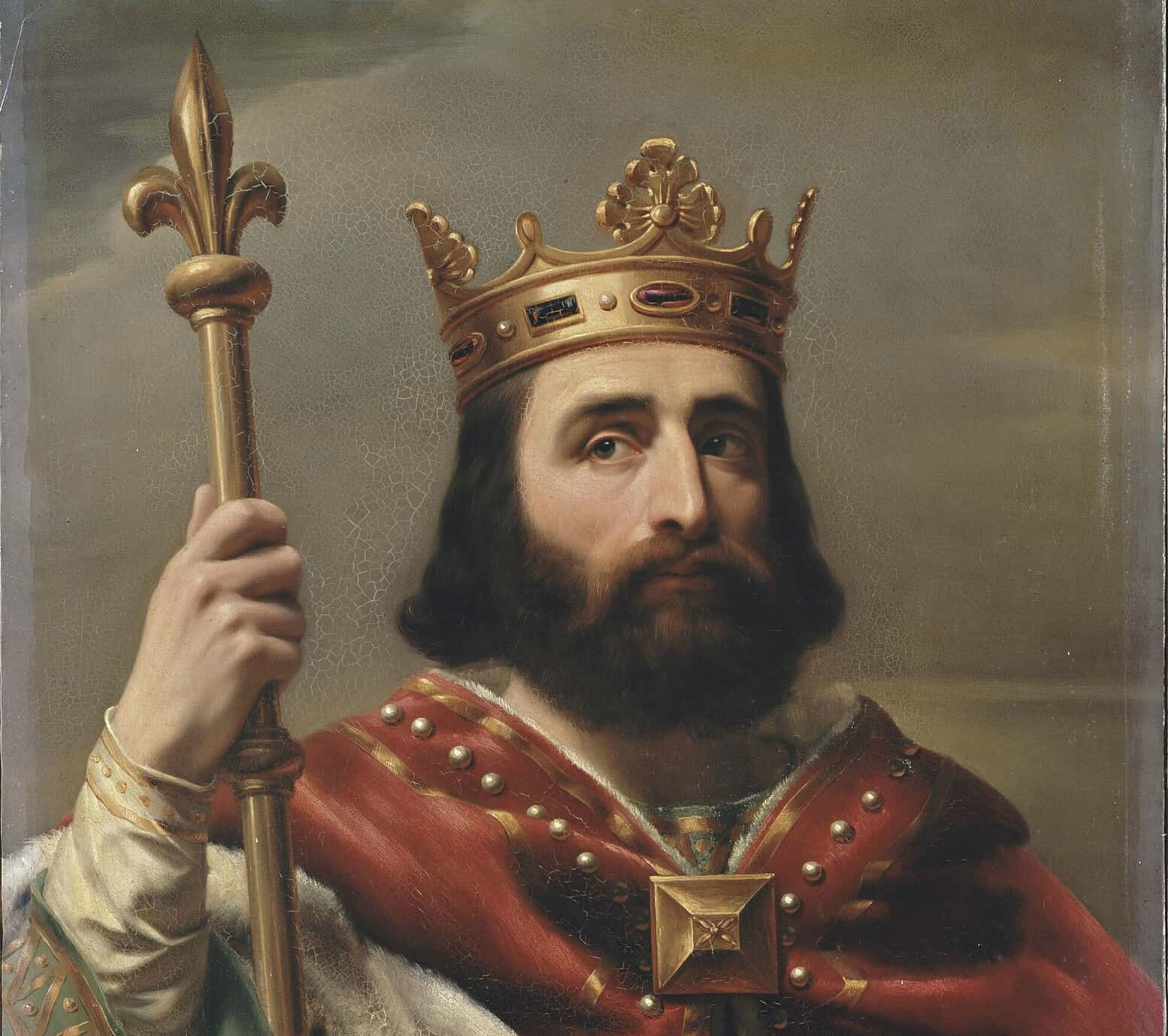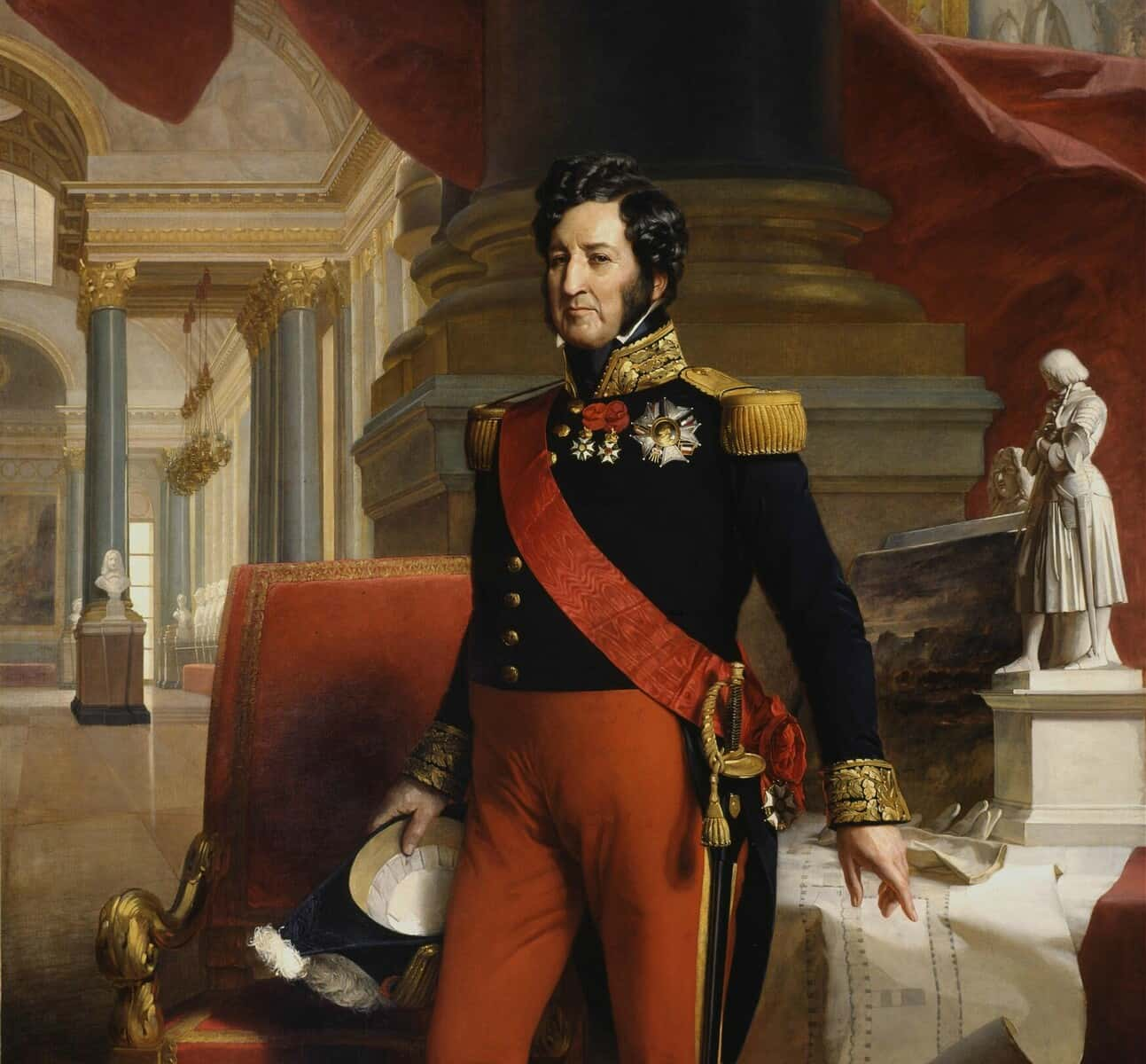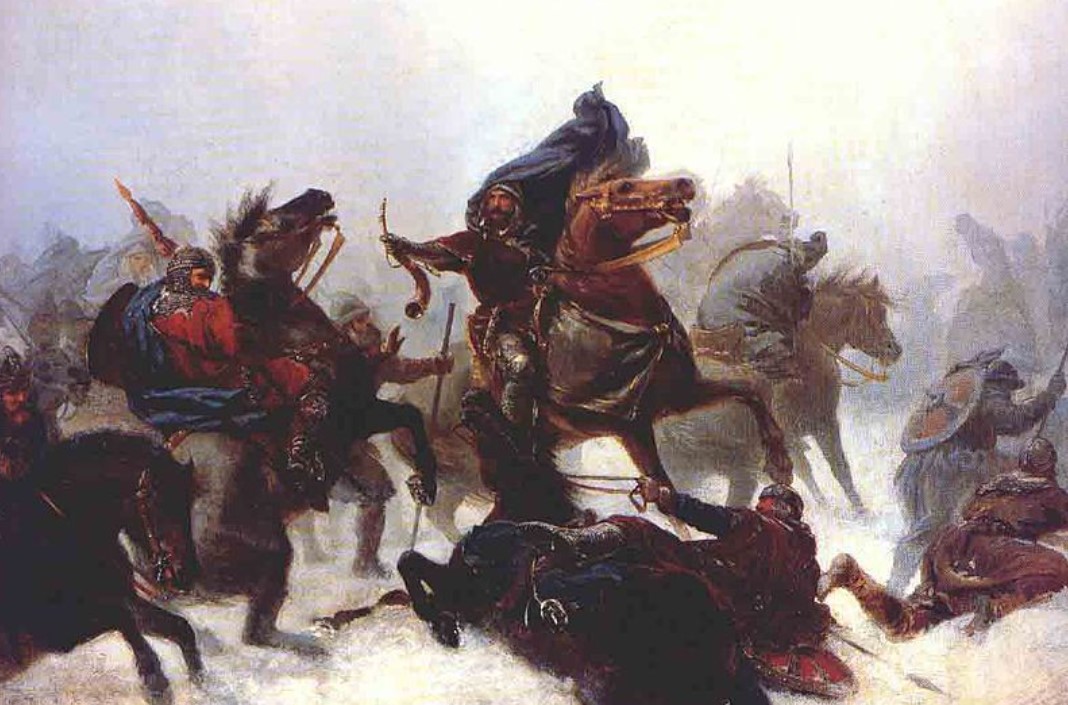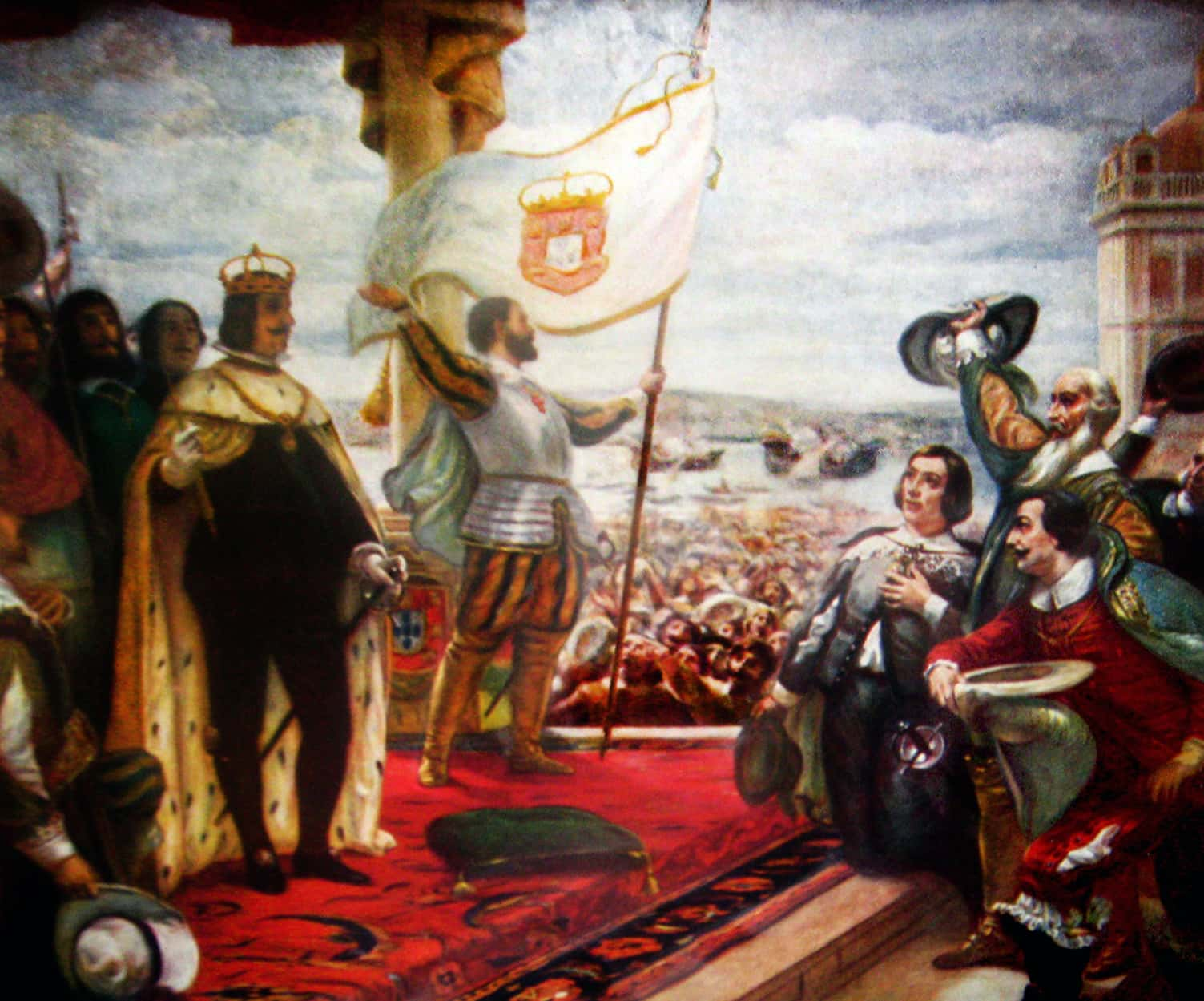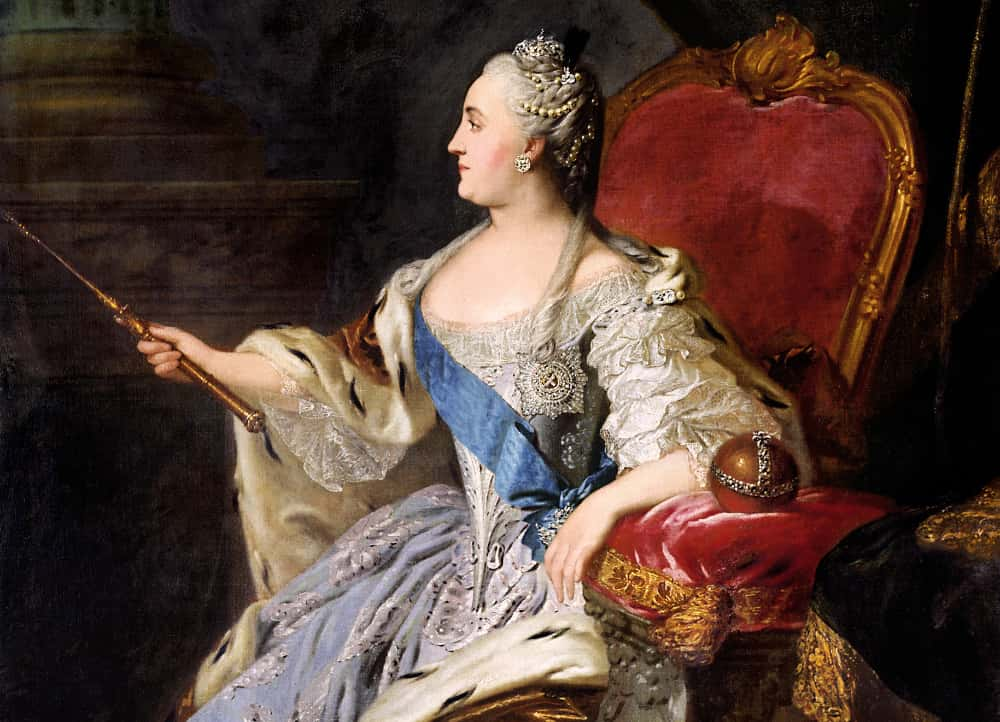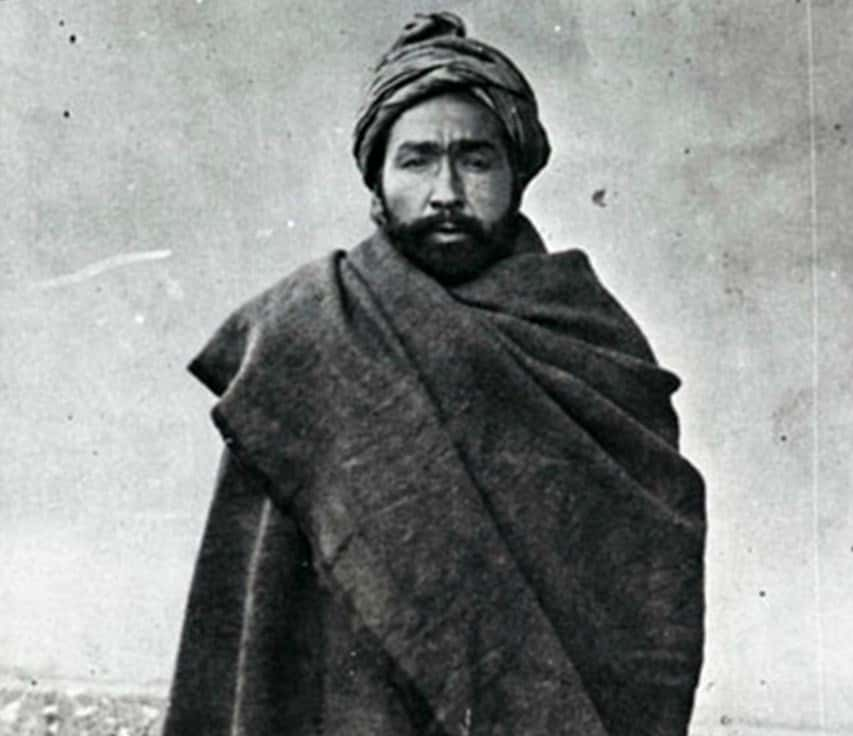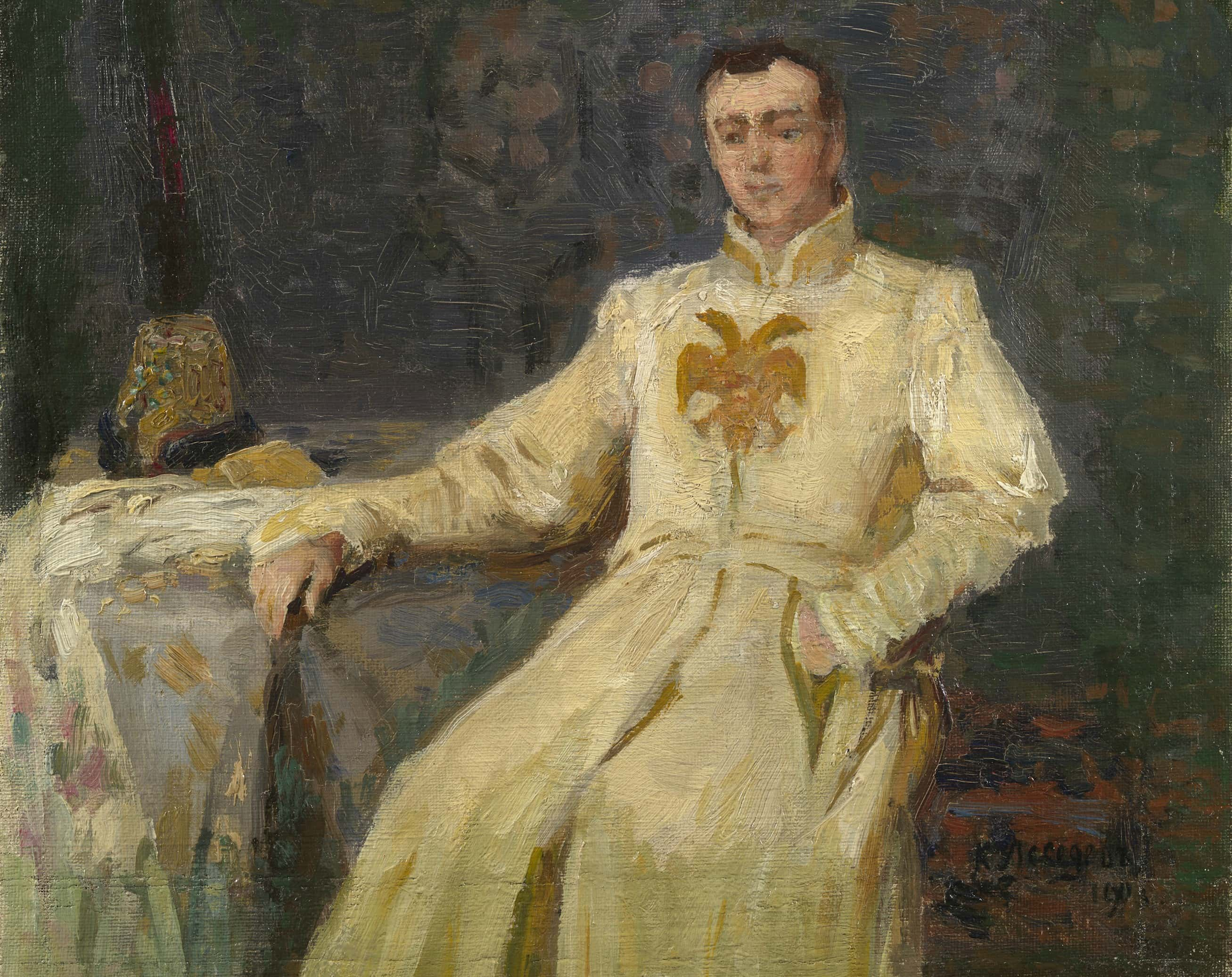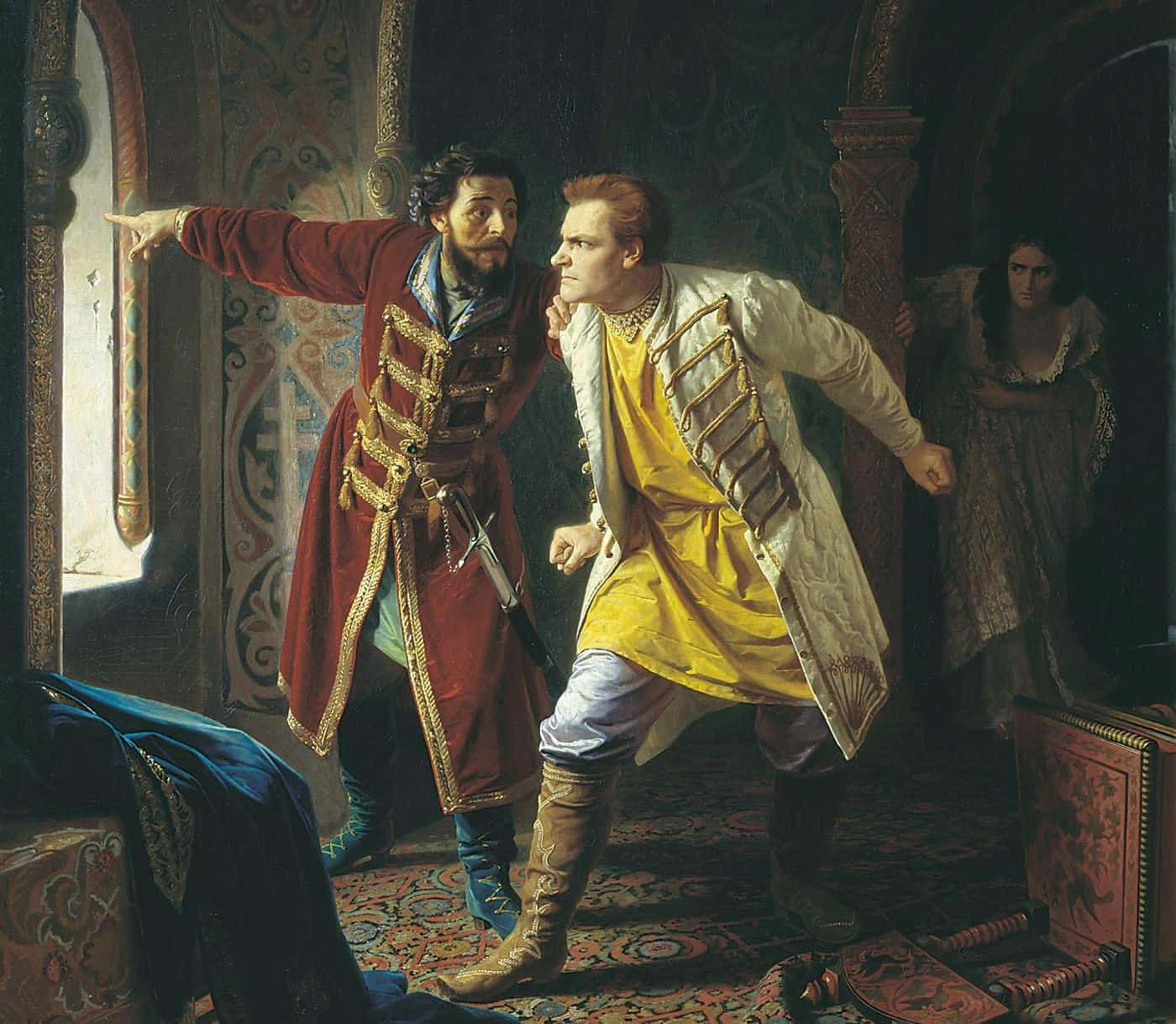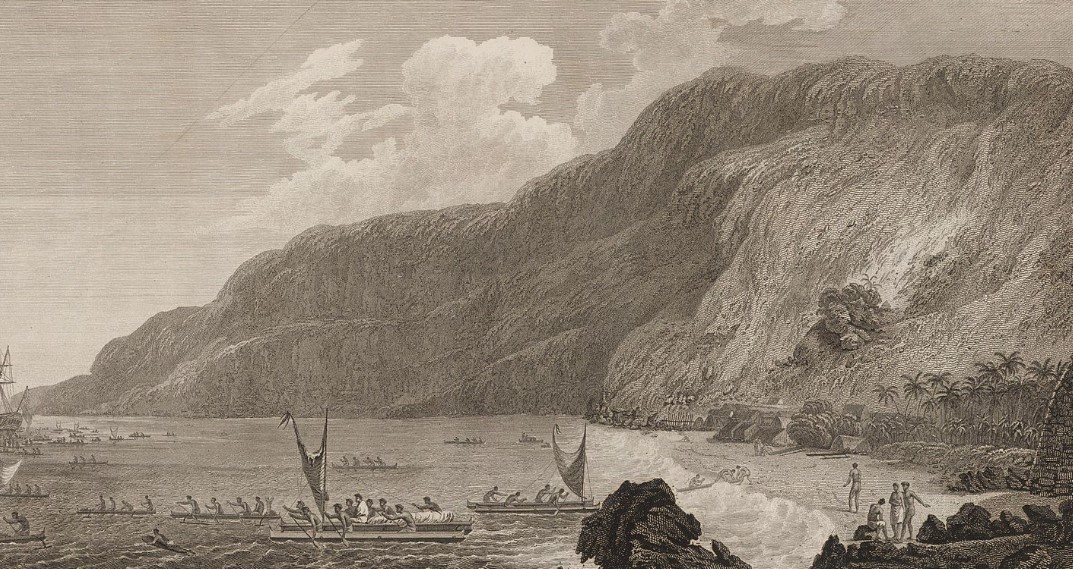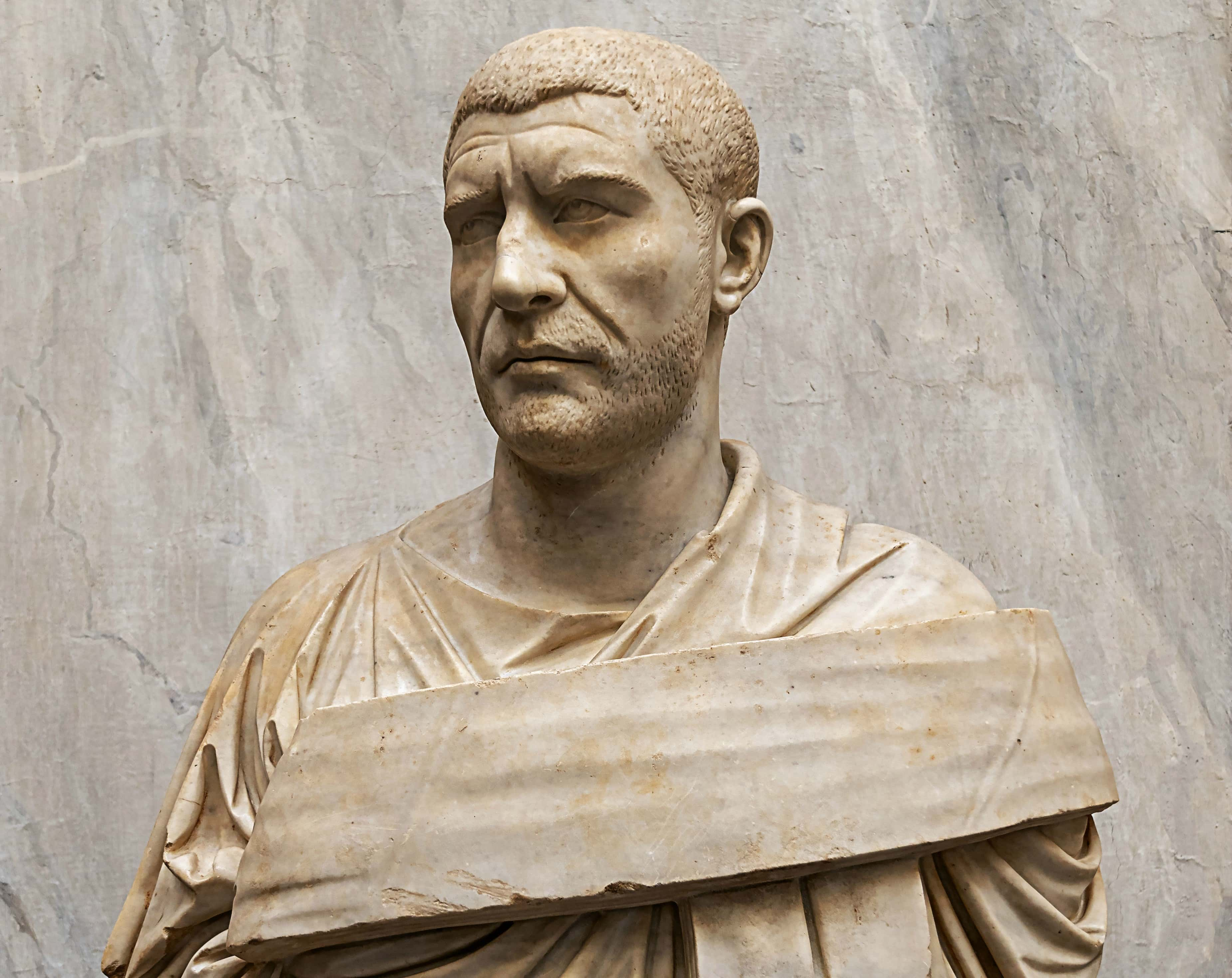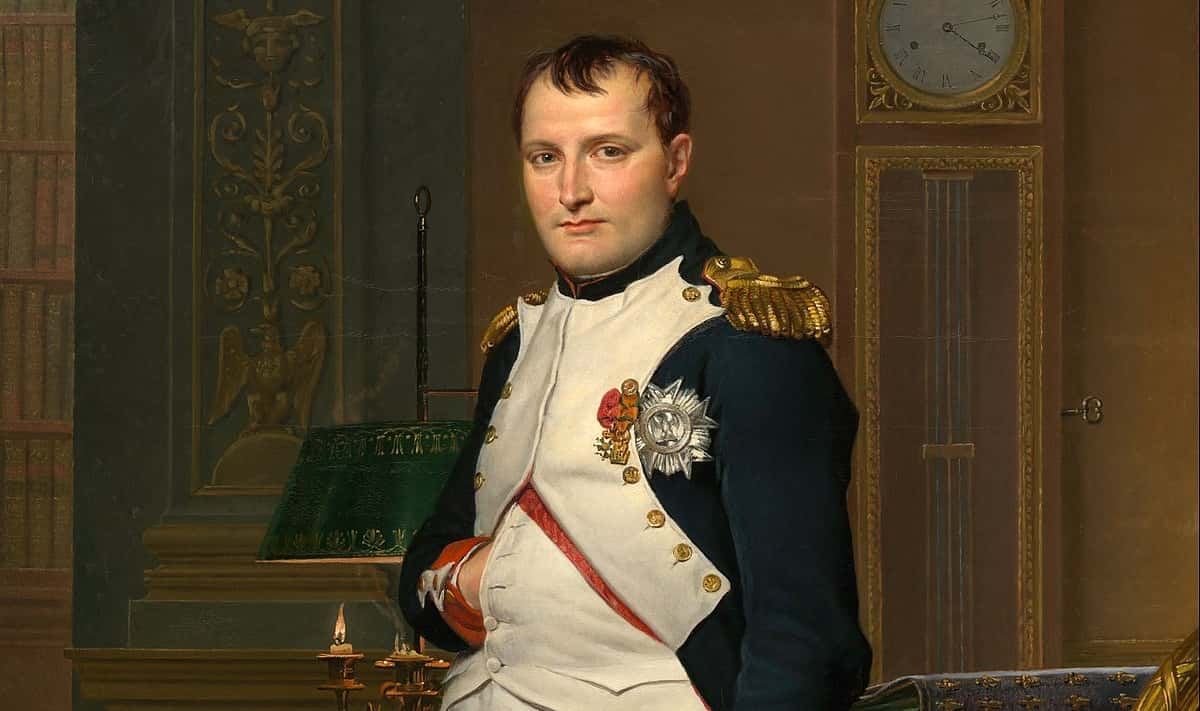“Traitors who prevail are patriots; usurpers who succeed are divine emperors.”—Gore Vidal
There are many roads a person can take in an effort to gain power, but none is perhaps more controversial than the act of usurpation. To usurp power is the way for someone who does not have a legitimate claim to rule to do so. As you will see, usurpers were not limited to any one region and came in many deliciously devious forms.
Usurpers Facts
1. The Year of Four Emperors
In Year 68, Nero became the first Roman ruler to commit suicide after he learned he was condemned to death as a public enemy, and Rome entered into a civil war. This caused a domino effect of would-be Emperors claiming the throne: first Galba, then Otho, then Vitellius, and finally Vespasian. In all the turmoil, Otho soon became the second Roman ruler to commit suicide.
2. Flava Flavian
Vespasian would go on to establish the stable Flavian dynasty, a dynasty that would reform Rome and create enduring cultural landmarks such as the Colosseum (it was called the Flavian Amphitheatre).
3. Bloody Church
Eric IX of Sweden did a great deal to spread Christianity throughout the Nordic region and has even been venerated as a saint. However, as we all know, being influential doesn’t necessarily mean you won’t be assassinated. Eric's usurper, Magnus II, ambushed and killed the rightful king after Eric was leaving a church, leading to Magnus’s butt being placed on the throne. Hope it was worth it: dude only reigned for a year.
4. Losing Count
Magnus was slain by Charles VII of Sweden. Charles had also backed the murder of Eric IX but must not have been too happy with Magnus, so he took the throne for himself. Charles was actually the first Charles of Sweden, but because a later Charles decided to go all willy-nilly with the monarchical numbering system, the use of Charles VII as his title is now widespread.
5. You Killed My Father, Prepare to Die
Well, Charles-the-whatever didn’t last long either, and Knut Eriksson—as you can see, the son of our old friend Eric—took revenge for his father’s death. He showed up at the castle of Charles VII and killed him in order to gain the throne. He would reign for 23 years, ending the brief exchanges of power which were causing bloodshed throughout Sweden for the years prior. Knut was the first Swedish king since Philip, who died about 77 years before, to die a natural death.
6. No, Sweden is Protestant
The 16th and 17th centuries were rife with religious scandal and dynastic squabbles in Sweden, as the Reformation and Counter-reformation raged. Charles IX championed the protestant fight for freedom and provoked a civil war that would end with him being declared King in 1604. He was unsuccessful as king, but was the bridge to his son, Gustavus Adolphus, who would erect Sweden as a great European power. By the way, if you're counting, this was the Charles who messed up the Swedish King numbering system for everyone else; Charles IX took his numbering from a fictitious history of Sweden.
7. Nephew v Uncle
It wasn’t good enough to be the regent to a young King, so Vietnamese general Dương Tam Kha forced his nephew to step down from the throne after the death of his father and took it for himself. It wouldn’t last, though, as a mutiny was when his nephew finally turned the army against Kha. Nonetheless, Kha had the last laugh: historical evidence suggests that his daughter later became dowager Empress.
8. A Tale of Two Vietnams
With humble beginnings as the son of a fisherman, Mạc Đăng Dung rose to power through the military. During the 16th century, Vietnam was going through many imperial changes, and the emperors often ruled with despotism. Many were assassinated, and eventually Dung rose to power himself. However, he would continue the tradition of reigning through ruthless methods and split Vietnam in two, which would have severe consequences in the future.
9. Prince of Wales
When Owain Gwynedd, King of Gwynedd, North Wales was on the throne, he had a large number of illegitimate sons. The most successful of these sons was Dafydd, who, in his quest for power after their father died, would engage in a free-for-all winner-takes-all battle with his brothers involving imprisonment, killing, fleeing, escape, and maybe even just good old natural causes for death. One brother, Rhodri, would eventually return and take half the kingdom. The patriarch of the family, Owain Gwynedd, was the first to be styled "Prince of Wales."

History's most fascinating stories and darkest secrets, delivered to your inbox daily.
10. Easy Does It
While the Vijayanagara Empire of ancient southern India was in a state of chaos, Saluva Narasimha took it upon himself to launch a coup in order to take the throne and raise the Saluva dynasty to royalty. Apparently, due to the state of anarchy the kingdom was in, it was incredibly easy: When Saluva's emissary showed up to the imperial city capital, he found the city completely unguarded all the way up to the harem.
11. Love Me To The Throne
When young King Yotfa was killed, his mother, who was regent at the time, anointed her lover Worawongsathirat to the throne. Historians disagree if it was an attempt to restore the throne to the House of Uthong, which the lovers both originally belonged to, or if it was a violation of morality. It wouldn’t matter much though, as they’d both be murdered after 42 days. Their heads were put on spikes and left for vultures to eat.
 The King Maker (2005), Winters Hollywood Entertainment Holdings Corporation
The King Maker (2005), Winters Hollywood Entertainment Holdings Corporation
12. It’s Wang, Mang
Probably the best name on this list, Wang Mang rose to power after building a large personality cult and poisoning the 13-year-old Emperor Ping. Mang then took control of the empire and established the Xin Dynasty. But its alright, after poisoning the teenaged emperor, Mang wrote a secret letter to the gods to offer his life as a substitute. This, of course, didn't stop the Emperor from dying. Mang's social and economic reforms were nonetheless influential and are considered an ancient precursor to socialism.
13. Three Kingdoms
Cao Pi forced Emperor Xian to give him the throne, which marked the end of the Han Dynasty and the beginning of the famous Three Kingdoms period in Chinese History. During his coercion into power, he established a model of formally declining the throne three times before accepting leadership, which later usurpers would follow. Oh no, you really shouldn't have.
14. Women Over Empire
Sima Yan, Emperor Wu of Jin, established the Jin Dynasty by forcing Cao Huan (a relation of Cao Pi) to give him the throne. He was known for extravagance and for taking over 10,000 concubines. Instead of focusing on administration, he would spend his days figuring out who to have sex with. He would ride on a goat-drawn cart, and wherever the cart stopped would be where he’d have sex, choosing a nearby woman. Decisions, decisions.
15. Fate of China
Liu Yu usurped the throne from the Emperor of Wu and is regarded as one of the greatest generals of his time. He is responsible for preserving an independent Southern Chinese state, which, due to its stabilization, was able to integrate northern Asian tribes into its society. This allowed China to escape Rome's fate, where the Germanic tribes tore through the empire upon its fall.
16. First Lady
The only recognized empress regnant of China in over two millennia, Empress Wu Zetian was originally a concubine of the former Emperor before consolidating power through a vast espionage network. China would extend its territorial reach to unprecedented lengths under her reign.
17. Apple Doesn’t Fall Far
Zhu Wen was a successful general who proclaimed himself emperor after murdering the last emperor of the Tang Dynasty along with almost all of his children. Zhu Wen spared one 13-year-old boy—but only so he could put him on the throne and force him to abdicate, taking the throne for himself. Five years after his ascension, Zhu Wen's son would murder him and succeed to the throne.
18. The Last King of Egypt
The last of Egypt’s great native pharaohs (before the Persians conquered Egypt), Amasis II began as a general sent to quell a military revolt for the current ruler, Apries. Instead, however, Amasis was declared king by the rebels, and responded by overthrowing Apries and taking the seat at the throne. Amasis was buried at the royal necropolis of Sais, but his tomb has never been recovered.
19. The Bastard
William the Conqueror, an illegitimate son of a Norman Duke, was the first Norman King of England. Due to his status, he struggled to attain his rule and spent his entire reign fighting to maintain power. His usurpation took place when he invaded England after the death of Saint Edward the Confessor and ushered in Norman rule in England by killing Harold II, the last Anglo-Saxon king of England. William the Conqueror is depicted on the famous Bayeux Tapestry, which depicts the Norman Conquest.
20. Failed Anarchy
Despite swearing an oath to support the claim of Empress Matilda to the throne after the death of Henry I (her father), Stephen, King of England, took the throne for himself on the claim that preservation of order in the kingdom was a priority. Instead of preserving order, it led to a Civil War, known as “the Anarchy,” and though he was recognized by some as King, he ultimately failed and recognized Matilda's son Henry as his successor. Stephen is unsympathetically portrayed in the book and mini-series The Pillars of the Earth.
21. Grandaddy
Henry IV rose to the throne after a tumultuous couple of years of rule by his cousin, Richard II. Richard banished Henry and squashed his inheritance, and Henry responded by invading England while Richard was away in Ireland, quickly consolidating power. Henry was the first King of England in over 300 years (since the Norman Conquest) to be a native English speaker.
22. War of the Roses
Another Henry for the list, Henry VII was the winner of the long, bloody War of the Roses. Henry would be the last King of England to seize the throne on the battlefield. He also established the rule of the house of Tudor, thus providing future generations of people with continuous premium television entertainment.
23. Orange is the New England
What happens when a King preaches religious tolerance in 17th century England? Said King gets overthrown—because why have tolerance when one group can dominate? The King in question was James II of England, and in 1688, the Glorious Revolution took place, where Parliament members initiated a move for William of Orange, an opponent to Catholic rule, to come over from the Netherlands with his wife, Mary II, and sit on the throne. Upon their seizing of the monarchy, they enforced a law denying future monarchs to be, or marry, a Catholic. This law stood until 2015.
24. Shorty Got Kingdoms
Pepin the Short was responsible for expanding the kingdom of the Franks, leading the way for his son Charlemagne (you might have heard of him) to become the “Father of Europe.” Instead of dealing with possible revolts after their father’s death, Pepin and his brother installed a puppet king. Pepin eventually grew bored simply pulling the strings and took the throne all for himself. To be fair, Pepin might have actually been tall, and we might simply call him by an awful translation—but hey, that’s history!
25. Premature Usurpation
Upon hearing a rumor of Marcus N’ death, Avidius Cassius, governor of Syria, proclaimed himself king. He quickly gathered sweeping support throughout the east and planned to march to Rome. The only thing? Marcus wasn't dead. When Cassius learned this, he continued on, and was subsequently murdered by his own troops after only 100 days of “power.” Guess you really find out who your friends are.
26. All Yours, Louie
After 21 years of exile after the French Revolution, Louis Philippe I returned to France to seize the opportunity of becoming king in the wake of the July Revolution. Originally charged to announce former King Charles I’s 10-year-old grandson as the heir, he instead seized the throne for himself. Like taking candy from a baby. But things wouldn’t be that easy: During his reign, he had seven assassination attempts on his life and was deposed after another revolution in 1848.
27. My Father is Who?!
Sverre Sigurdsson set out to fulfill his destiny after his mother revealed he was actually the son of a former king. That was all Sverre needed to hear to ditch his life as a priest, and he went on a quest to usurp the throne. He did so to great acclaim, leaving a legacy as one of the most important rulers in Norwegian history. Sverre got his start as the leader of the Birkebeiners, a group of rebels who named themselves after the fact that they were teased by opposition for being so poor that they wore birch bark shoes.
28. Here’s Johnny
Being under Spanish rule for 60 years was no fun for the Portuguese, and in 1640, they took advantage of a distracted Spain, who were dealing with a revolution in Catalonia (sound familiar?), and staged a coup d’etat against the Spanish representative in Portugal. John IV of Portugal was the main beneficiary of this revolt, simply being in the right place at the right time with the right blood, and was installed as King. Nonetheless, at the eve of his death Portugal had reached its territorial zenith.
29. Women Can Be Absolute Monarchs Too
Catherine the Great, who ushered in the Golden Age of the Russian Empire and the Russian Enlightenment, came to power by staging a coup and having her husband, Peter III, locked up. What began as a bloodless coup turned sour when the brother of Catherine’s lover at the time murdered the former king. Catherine, however, may be more famous for what she didn't do: although rumors still persist that she died trying to copulate with a horse, these are patently false.
30. Bandit King
In the fallout of WWI, the dissolution of the Ottoman Empire by the allied powers left a vacuum in the Middle East, which led to many factions rising and scrambling for power. One of the more famous men who’d rise to power was Habibullah Kalakani. Amanullah Khan became a national hero for defeating the British and attempting to modernize Afghanistan, but after a serious of revolts due to his stranglehold on power, Habibullah took reign from the Pushtan leader. He was be overthrown and murdered after only nine months.
31. False Dmitry: Part I
Tsarevich Dmitry Ivanovich was the youngest son of Ivan the Terrible, and died from a mysterious stab wound. Years after his death, a series of pretenders asserted they were Dmitry and that they had actually escaped the assassination attempt. The first of these was a guy who is actually sometimes called False Dmitry I in the history books; he was the only Tsar to rise to the throne by a military campaign.
32. False Dmitry: Part II
Rising to power through the support of False Dmitry I’s widow, this second pretender gained support from the common people. Though he bore no resemblance to the first false Dmitry, he also claimed to have escaped the assassination on his life and set up shop as King. He’d be forced from the throne but continued to contend his stake until he got drunk one night and was murdered. So it goes in Russia.
33. False Dmitry: Part III
They come in threes. This Dmitry gained support from the ravaging Cossacks, who named him Tsar. Only two months after “kissing the cross,” he was seized, delivered to Moscow, and executed, thus adjourning the time of the Dmitrys.
34. Hawaii 5-0
The ancient kingdom of Hawai’i was ruled for over six centuries by the same family—that was until Alapa’i Nui came along and overthrew the two sons of the former ruler who were vying for the throne. This led to one of the bloodiest periods of Hawaiian history, as Alapainui engaged in many battles with the kings of the neighboring islands, all looking to dominate each other. Even so, Alapainui was seen as a good ruler.
35. Sandwich Islands
Alapainui reigned until his death, at which point his son succeeded only to be usurped himself by Kalani’opu’u. Kalani'opu'u was the king when the first contact was made with Europeans, as James Cook arrived while navigating through the Pacific. Cook would be murdered on the island after he attempted to kidnap the king in response to one of his longboats being stolen.
36. Arab Roman King
Born in modern-day Syria, Philip the Arab came to power with the help of his brother, Priscus, a Praetorian Guard for Gordian III. The brothers had plans to control the teenage emperor, but when he died of mysterious circumstances soon after, Philip seized the throne.
37. Napoleon the Dictator
After years of proving his genius and power on the battlefield, Napoleon returned to France from Egypt. He would use the hero’s welcome he received and parlay it into becoming the First Consul of France. He then drafted a constitution in the framework of a Republic but instead used it to veil his establishment of a dictatorship. In 1804, Napoleon was elected Emperor. Like Pepin, Napoleon wasn't that short-- the widespread belief that he was a small man was likely just the result of propaganda; he stood at around 5 feet 6 inches, which close to average height at the time.
Another false claim about Napoleon: many (credible) sources have claimed that Napoleon didn't love his wife, and used to say "Not tonight, Josephine" when she would try to initiate sex. But excerpts from Napoleon's letters to his wife, which read like 18th-century-sexting, seem to prove the opposite--In one of them, he even said, "I shall be alone and far, far away. But you are coming, aren’t you? You are going to be here beside me, in my arms, on my breast, on my mouth? Take wing and come, come… A kiss on your heart, and one much lower down, much lower!"
Sources: 1, 2, 3, 4, 5, 6, 7, 8, 9, 10, 11, 12, 13, 14, 15, 16, 17, 18, 19, 20, 21, 22, 23, 24, 25, 26, 27, 28, 29, 30, 31, 32, 33, 34, 35, 36


